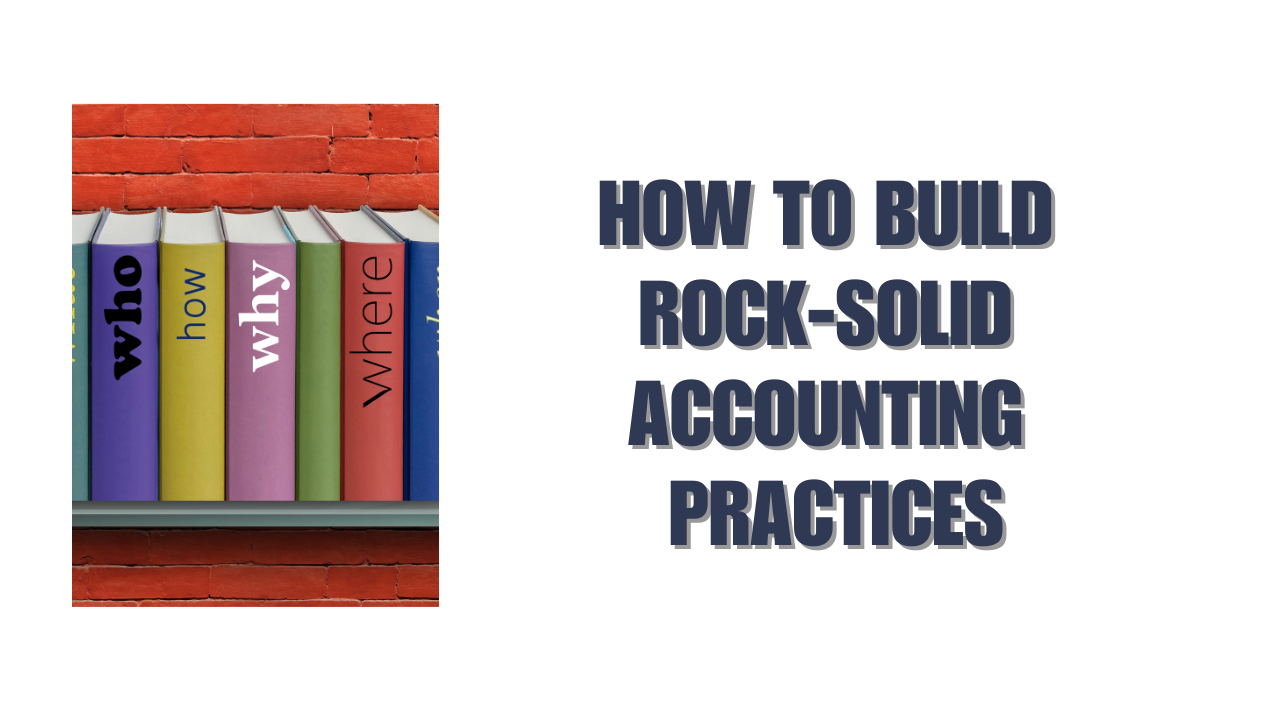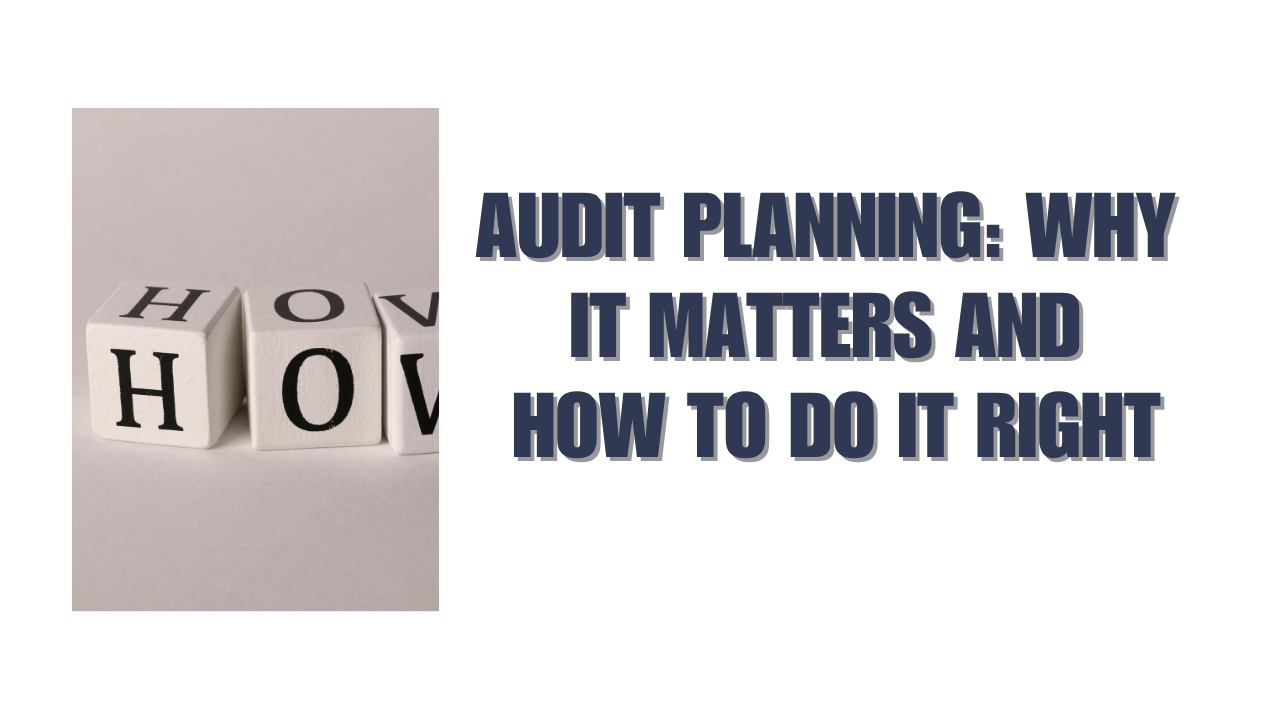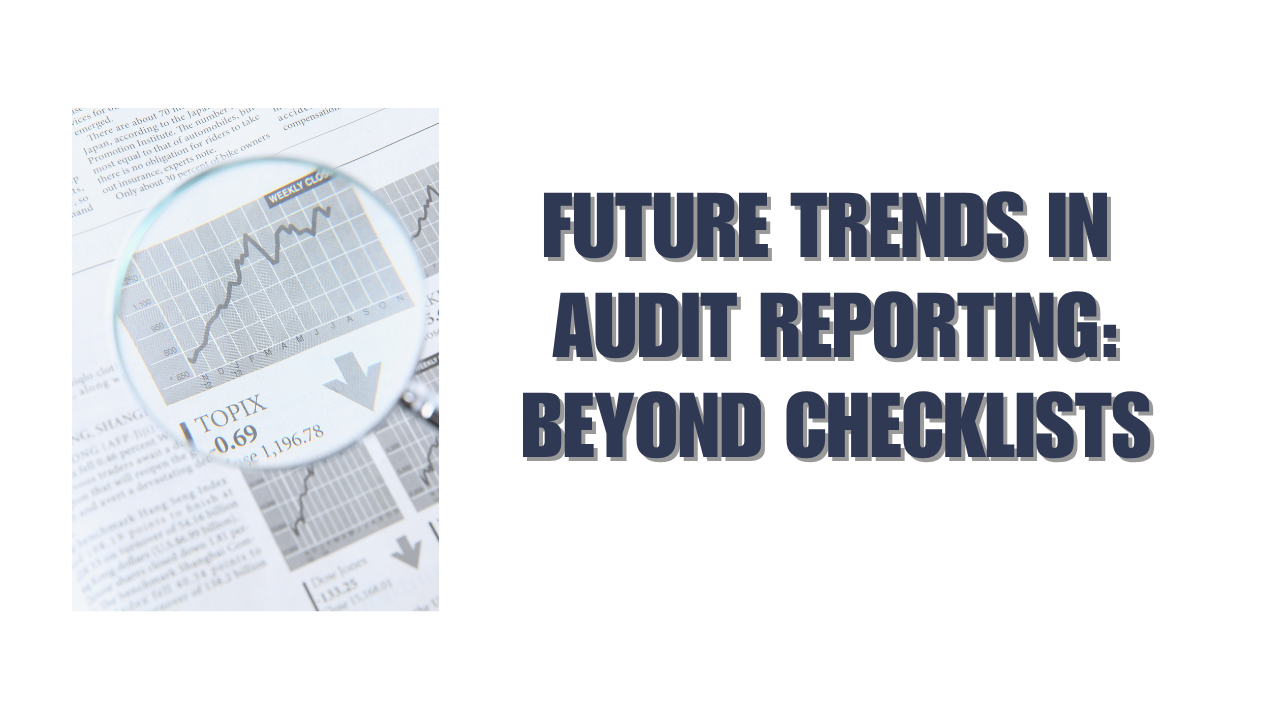Did you know that New Zealand law requires businesses to maintain detailed and current financial records?
Many business owners find it challenging to establish proper accounting practices. This creates problems despite accounting’s significant role. Your financial transactions need proper recording and analysis. This helps businesses make smart decisions, handle financial risks better, and follow regulations. Good business systems play a vital part to create smooth workflows and operations.
Modern businesses need standard accounting practices that include adaptable tools like integrated software and cloud systems. These tools help track financial progress effectively. They allow measurement of performance against targets and support informed business decisions about the future.
Let us show you how to build strong accounting practices that will strengthen your business foundation. We will cover everything from basic setup to daily routines. You will also learn proven ways to optimize your accounting processes.
Set Up the Right Foundations
Clear financial boundaries serve as the foundation for proper accounting practices. Setting these boundaries early helps you avoid countless hours of work and financial headaches later.
Separate business and personal finances
Your company’s transactions become much clearer when you keep business and personal finances apart. This makes income tax calculations easier. It also stops business funds from mixing with personal expenses, which can blur your financial picture. A clear separation gives you:
- A more accurate view of business performance
- Better cash flow management with clear business expense tracking
- Quick tax preparation without sorting through mixed transactions
This separation is a vital part of running limited liability entities. Courts might “pierce the corporate veil” if they find that owners don’t treat the business as a separate entity. This could leave owners personally liable in legal disputes.
Open a dedicated business bank account
A dedicated business bank account should be your next step after separating your finances. This account will manage all your business transactions – from supplier payments to income and expenses.
A separate business account offers great benefits, even for sole traders who don’t legally need one. It creates a clear line between business and personal money. Your clients and suppliers will also see you as more professional.
Take time to compare different banks’ interest rates, fees, and transaction limits. Many banks create business accounts specifically for small businesses, often with low or no fees.
Choose the right accounting method
Two main accounting methods exist: cash basis and accrual basis. Each method works better for different business sizes and operations.
Cash accounting tracks money only at the time it moves – when payments come in or go out. Small businesses with simple finances and quick payment cycles often find this method helpful. It shows exactly how much cash they have available.
Accrual accounting works differently. It records income and expenses at the time they happen, whatever the payment timing. This method gives a better long-term financial picture, though it’s more complex. Generally Accepted Accounting Principles (GAAP) require this method for businesses that earn more than NZD 42.64M over three years.
Your choice between these methods will shape your tax planning, cash management, and financial reports. Think over your business’s current size, complexity, and growth plans before making this decision.
Build Reliable Daily Accounting Habits
Your consistent daily accounting routines change how you manage your business finances. Financial experts say employees waste an average of 2 hours per day searching for documents. This highlights why you need well-laid-out accounting habits.
Record every transaction accurately
Daily financial transaction records are the foundations of proper accounting practices. You should record transactions daily instead of letting them pile up. This prevents errors and discrepancies in your financial records. My experience shows that systematic transaction recording helps in several ways:
- Creates reliable financial statements for decision-making
- Establishes a clear audit trail for compliance purposes
- Gives live insights into your business’s financial health
- Makes tax preparation a lot less stressful
The IRS recommends you record business transactions daily using journals and ledgers to track your cash receipts, disbursements, and expenses.
Use accounting software to stay efficient
Small business accounting software automates repetitive tasks like tracking income and expenses, reconciling accounts, and generating reports. This automation lets me focus on activities that actually grow my business. Good accounting software features like instant search tools and customizable reports help track down the smallest details.
Most accounting applications now provide mobile access, so you can manage finances from anywhere. We looked for software that blends with other business systems, such as payroll and inventory management.
Keep receipts and documents in digital format
Digital document management removes the need for physical storage while offering better organization and easier access to financial records. Scanning receipts using smartphone apps with OCR technology allows quick digitization. The technology extracts important information like date, amount, and vendor.
A consistent filing system with folders hosted by year and category works best for digital organization. You should back up your digital receipts to secure cloud storage or external drives to prevent data loss.
Optimize with Standard Accounting Practices
Your accounting practices need optimization techniques to lift operations and get deeper financial insights once you have established solid foundations and daily habits.
Automate invoicing and payment reminders
Automating invoice processing cuts down time-consuming manual calculations and reduces error risks. Modern accounting software can send automatic payment reminders for overdue invoices that appear at the top of your customers’ inboxes. The system helps minimize late payments and improves cash flow management through weekly reminders for longer payment terms. You can focus more on business growth instead of chasing payments.
Track cash flow and high-cost expenses
Regular monitoring of cash flow reveals crucial information about your business’s financial health. The process helps identify cash patterns and major expenses that affect your operation. Cash flow forecasting lets you predict potential shortages and make sound financial preparations before problems arise. Your cash flow analysis should focus on high-cost expenses that could be reduced through better supplier negotiations or policy changes.
Use financial statements to assess performance
Financial statements work as powerful tools to evaluate your business performance:
- Balance sheet – Shows assets, liabilities, and equity at a specific point in time
- Income statement – Displays revenues, expenses, and profits over a period
- Cash flow statement – Reveals money movement in and out of your business
These statements help spot strengths, weaknesses, and areas that need improvement. They enable analytical decisions about pricing strategies, resource allocation, and project viability.
Review inventory and cost of goods sold
Cost of Goods Sold (COGS) represents your company’s direct production costs, including materials and labor used in creation. Your net income decreases as COGS increases, which affects the bottom line. Regular inventory reviews help identify slow-moving items that tie up cash. COGS tracking reveals your products’ true cost—essential information to set customer pricing and ensure good profit margins.
Stay Compliant and Plan Ahead
Tax compliance remains the biggest challenge in business accounting. New Zealand SMEs with 1-5 employees now pay NZD 1,819.89 more each year for compliance. Businesses with 6-19 employees face even higher costs at NZD 3,730.17.
Work with a tax professional
A qualified tax professional can revolutionize your accounting practices. These experts guide you through complex tax laws, spot potential deductions, and keep you compliant. They explain everything in plain English and stand by your side during audits. You’ll get more time to organize your financial records since they often extend filing deadlines until March.
Plan for taxes throughout the year
Smart planning helps you avoid last-minute tax stress. You should review your finances at least 60 days before your tax return deadline. These reviews help you spot any unresolved transactions and unpaid invoices. Regular money set-asides prevent payment shocks. Making estimated tax payments through the year keeps you safe from penalties.
This approach helps you save money while reducing tax obligations.
Review your accounting systems regularly
We evaluated accounting systems to find inefficiencies and needed changes. Tax laws and financial regulations keep changing. Your systems need updates to stay compliant. Annual reviews of your accounting processes help you catch problems early and adapt to changes in your business model or tax laws.
Conclusion
Creating accounting practices that work takes commitment, consistency and the right tools. This piece explores the key steps to build financial systems that accelerate business growth and ensure compliance.
A clear separation of business accounts forms the foundation of good accounting. This makes tax preparation easier and gives you a true picture of how your business performs. The way you track and report finances depends a lot on choosing between cash or accrual accounting methods.
Your daily accounting habits make the real difference in keeping finances clear. Quick transaction recording, proper accounting software, and digital document storage lead to efficient operations. You’ll save hours that you’d otherwise waste looking for information or fixing mistakes.
Basic accounting practices like automated invoices and payment reminders improve efficiency. These systems let you spend less time on admin work and more on growing your business. Tracking cash flow and analyzing financial statements help you make smarter decisions.
Tax compliance needs your attention throughout the year. Regular reviews of accounting systems with qualified professionals help you stay current with changing regulations and business requirements.
Good accounting does more than keep records – it’s a powerful tool that shows opportunities, flags problems, and guides strategic choices. These step-by-step recommendations will give you better financial visibility, less stress during tax time, and stronger foundations to grow your business responsibly.
FAQs
Q1. What are the key foundations for establishing solid accounting practices?
The key foundations include separating business and personal finances, opening a dedicated business bank account, and choosing the right accounting method (cash or accrual) based on your business size and complexity.
Q2. How can I improve my daily accounting habits?
Improve your daily accounting habits by recording every transaction accurately, using accounting software to stay organized, and keeping receipts and documents in digital format. These practices help maintain clear financial records and save time.
Q3. What are some standard accounting practices that can optimize my business finances?
Some optimizing practices include automating invoicing and payment reminders, tracking cash flow and high-cost expenses, using financial statements to assess performance, and regularly reviewing inventory and cost of goods sold.
Q4. How important is tax planning for my business?
Tax planning is crucial for your business. Work with a qualified tax professional, plan for taxes throughout the year, and regularly review your accounting systems. This approach helps minimize tax liabilities, ensures compliance, and prevents last-minute stress.
Q5. What benefits does digital document management offer for accounting?
Digital document management eliminates the need for physical storage, provides better organization, and allows easier access to financial records. It also enables quick digitization of receipts using smartphone apps and secure backup to prevent data loss.






